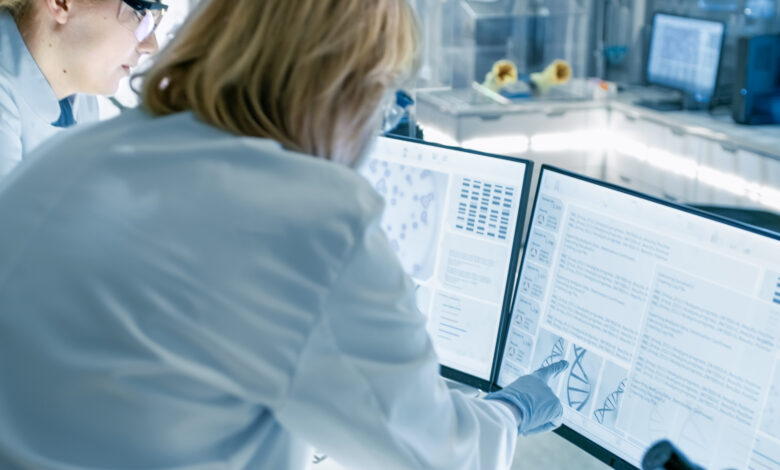6 Ways To Improve Data Mapping In Clinical Studies

Data mapping is a crucial and involving procedure for any company, especially those dealing with research. It’s a sensitive endeavor that requires no room for errors. That’s why investing time and effort to improve your processes in clinical research is crucial as far as the outcome is concerned.
Are you a clinical researcher, and you’re looking for ways to revamp your data mapping processes for your clinical studies? This article will guide you thoroughly. Follow through for more insight.
To improve your data mapping, consider the following:
- Automate Where Possible
With digitization, there are many technologies that you can adopt to help with your data mapping. With this, you no longer need to collect or analyze data manually. Consider automating your data mapping as much as possible. If you’re collecting data from patients or participants, you can use digital devices such as smartwatches. With this, you’ll get accurate data just when it’s recorded. There’ll be no room for approximation which may reduce the quality of your clinical study.
Moreover, there are tools you can adopt to make your work easier. Check this out to find out more about these digital tools. Use them to allow data transfers from other systems to yours within no time. The same tools could help you make sense of the data you collected, including analyzing the data.
By automating, you quicken your data mapping process, thus allowing you to progress your research to benefit the population. Also, since there’s minimal human intervention in automation, you’re sure there are no errors in your final data.
- Use Proper Data Identification Methods
During a clinical study, many parties are involved. Once you collect data from various sources, you need to put proper labeling to avoid confusion.
As part of the analysis, clearly label each data entry, explaining the information. Consider using a universally understood language, especially among medical practitioners. By identifying collected data correctly, your colleague will not misinterpret it when analyzing the same. When the parties involved have different interpretations of the data collected, the conclusion of the clinical study will be inaccurate.
- Secure The Data Collected
Data collected for clinical studies is crucial, and it would be disastrous if it got into the wrong hands, ending up being used for the wrong interests.
Therefore, secure your data by limiting access. Limit the number of people who have access to the data from various sources, including those doing the analysis. Do this more so for sensitive data.
If you have participants in clinical studies, you shouldn’t use their names on the data you’re analyzing. It would help to mask their identity for security reasons and confidentiality.
- Collect Quality Data
The type of data you use in a clinical study is crucial in coming up with a conclusion regarding a medical concern.
For this reason, you need to get data that can back your conclusions up from sources you can trust and not just any random site on the internet. Adopt tools that’ll collect data accurately with no distortion or errors.
It would be catastrophic to make a clinical conclusion based on inaccurate data, which helps make crucial medical decisions.

- Train Your Team
Part of data mapping requires you to make sense of the data collected and implement it accordingly to your study.
As previously stated, there are other partners with whom you’ll work during the clinical study. The first thing you need to do is train them in the whole data mapping process. It should be a step-by-step guide, explaining what does what, what goes where, and the like. With the understanding of the whole process, they’ll be able to intervene if something goes wrong and make things right.
You also need to train them to handle data once they receive it, including security protocols. It minimizes errors that arise as a result of a lack of know-how. As mentioned earlier, mistakes have no room in a clinical study.
- Collect Small Data At A Time
In automating your data mapping processes, you might be tempted to collect as much data as possible. It shouldn’t be the case. Why?
There’s a high possibility of over-collecting data that may be irrelevant to your clinical studies. Also, your team has to rummage through countless data trying to analyze it. It can be tiring, and your team might end up making mistakes as they try to follow through as many as possible.
To avoid this, collect small amounts of data gradually, analyze it, then put it aside. Collect the next batch and do the same. Also, consider first sourcing the most crucial data for your study and critically analyzing this. Doing these will give you a safer approach to your data mapping.
Conclusion
As seen, improving data mapping for your clinical study doesn’t require much from you. Follow through with the tips given in this article to make the process seamless and ensure you succeed in your clinical research.